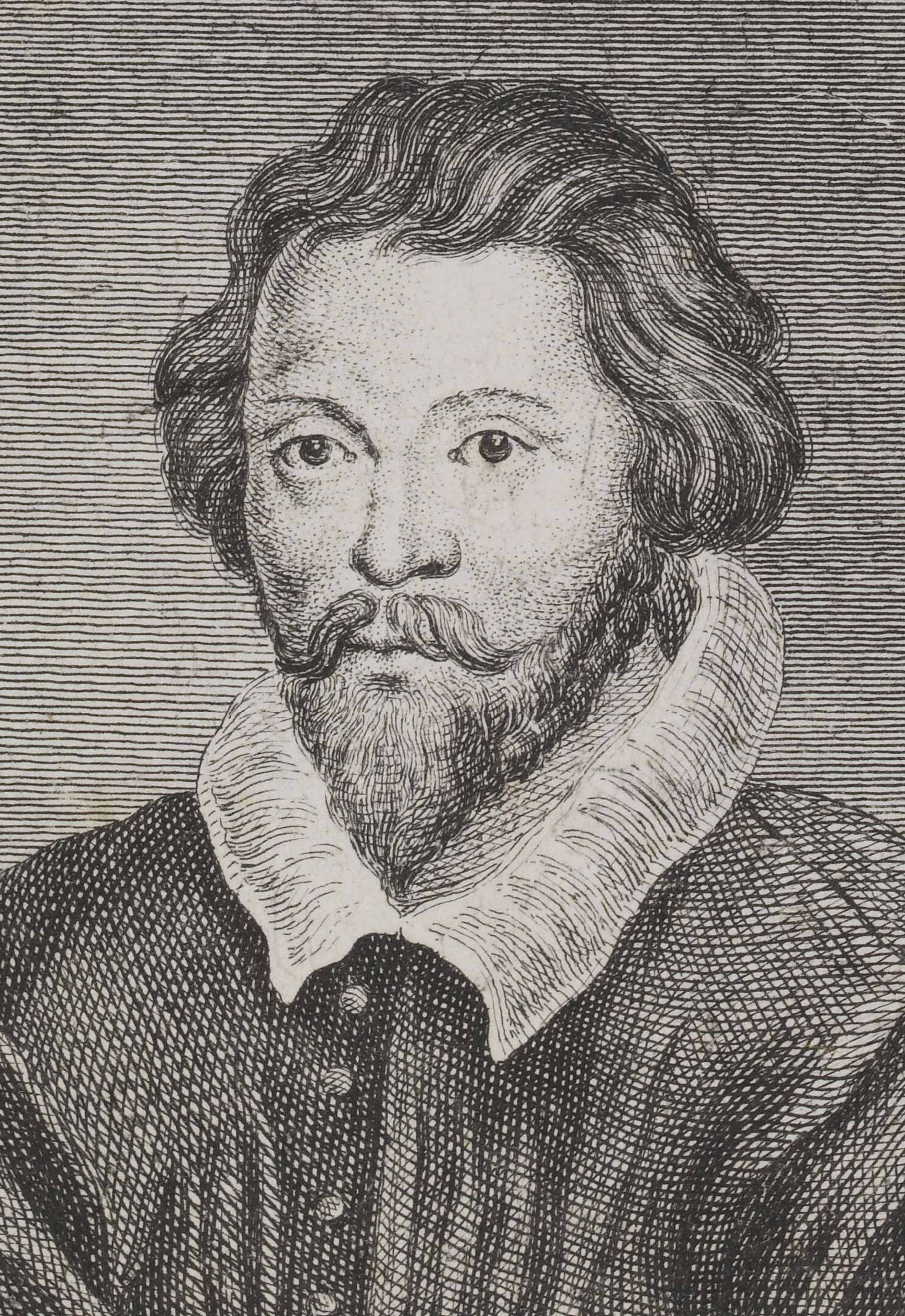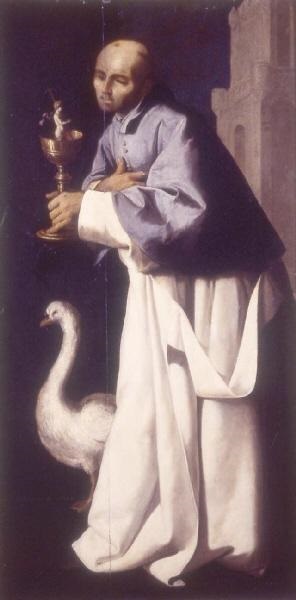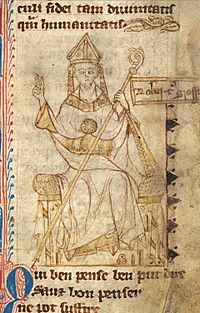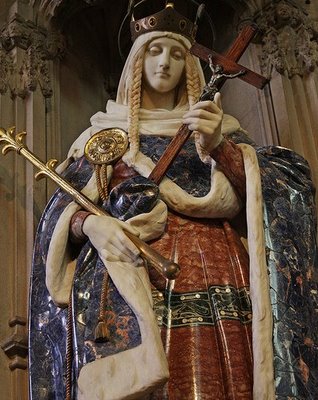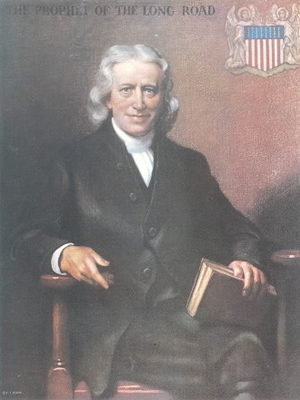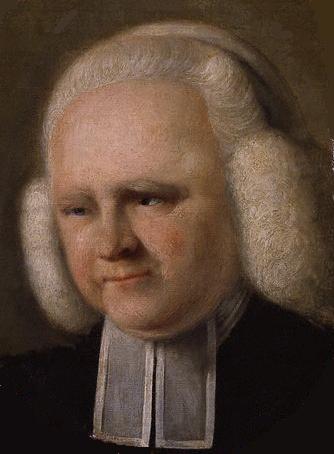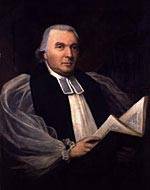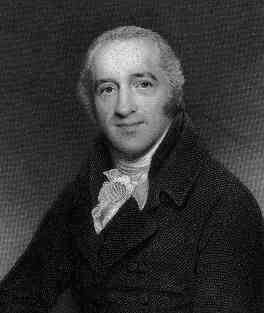Welcome to the Holy Women, Holy Men blog! We invite you to read about this commemoration, use the collect and lessons in prayer, whether individually or in corporate worship, and then tell us what you think. For more information about this project, click here.

About the Commemoration
Cecilia is the patron saint of singers, organ builders, musicians and poets. She is venerated as a martyr. Many of the details of her life are unknown and much of what we do know comes from later periods. She is among the women named in the Roman Canon of the Mass. According to fifth century sources, Cecilia was of noble birth and was betrothed to a pagan who bore the name Valerian. Cecilia’s witness resulted in the conversion of Valerian and his brother, Tiburtius. Because of their conversion, the brothers were martyred and while Cecilia was burying them, she too was arrested. After several failed attempts to put her to death, she died from injuries sustained by the ordeal. The date of her martyrdom is generally believed to be 230 during the Roman persecution of Christians under Alexander Severus, although some scholars have dated it earlier.
Remembered for the passion with which she sang the praises of God, Cecilia is first depicted in Christian art as a martyr, but since the fourteenth century she is often shown playing the organ, a theme picked up my Raphael in his famous altarpiece for San Giovanniin- Monte, Bologna, painted around 1516. Her story has inspired centuries of artistic representations in paintings, sculptures, mosaics, and stained glass. Composers such as Handel, Purcell, Howells, and Britten have written choral works and mass settings in her honor. Many music schools, choral societies, and concert series bear her name.
In the ninth century, during the pontificate of Pope Paschal I, the remains of Cecilia were uncovered in the catacombs of Callixtus. On orders from the pope, the sarcophagus containing her remains was transferred to the new basilica in the Trastevere region of Rome. Built on what was believed to be the site of Cecilia’s home, a church named in her honor had existed on the site since at least the fifth century, and perhaps as early as the late third century, one of the original churches of the City of Rome.
Collects
i Most gracious God, whose blessed martyr Cecilia didst sing in her heart to strengthen her witness to thee: We thank thee for the makers of music whom thou hast gifted with Pentecostal fire; and we pray that we may join with them in creation’s song of praise until at the last, with Cecelia and all thy saints, we come to share in the song of those redeemed by our Savior Jesus Christ; who with thee and the Holy Spirit liveth and reigneth, one God, in glory everlasting. Amen.
ii Most gracious God, whose blessed martyr Cecilia sang in her heart to strengthen her witness to you: We give you thanks for the makers of music whom you have gifted with Pentecostal fire; and we pray that we may join with them in creation’s song of praise until at the last, with Cecelia and all your saints, we come to share in the song of those redeemed by our Savior Jesus Christ; who with you and the Holy Spirit lives and reigns, one God, in glory everlasting. Amen.
Psalm 150
Lessons
Azariah 1:28–34,52–59,68
Revelation 15:1–4
Luke 10:38–42
Preface of All Saints
